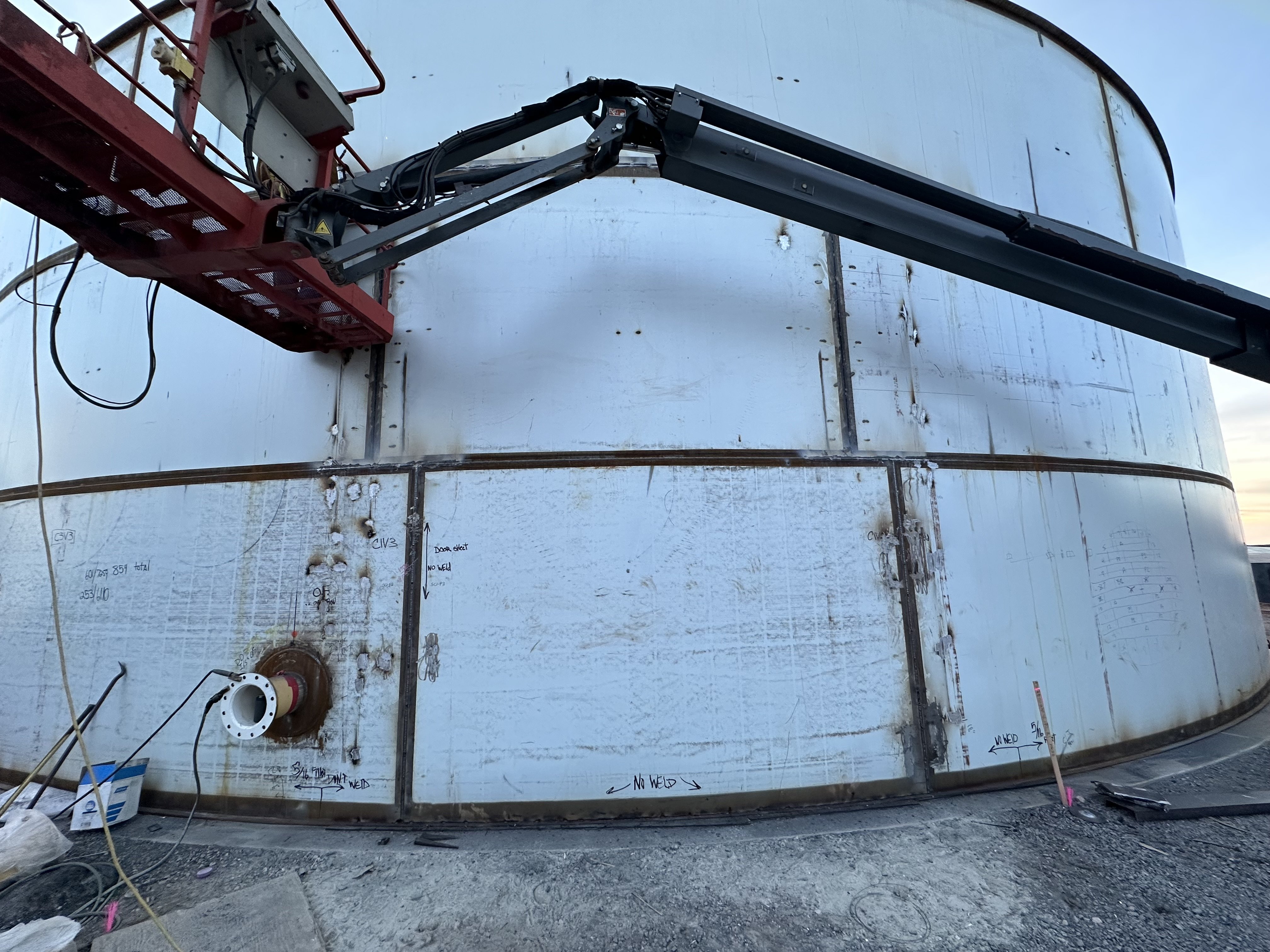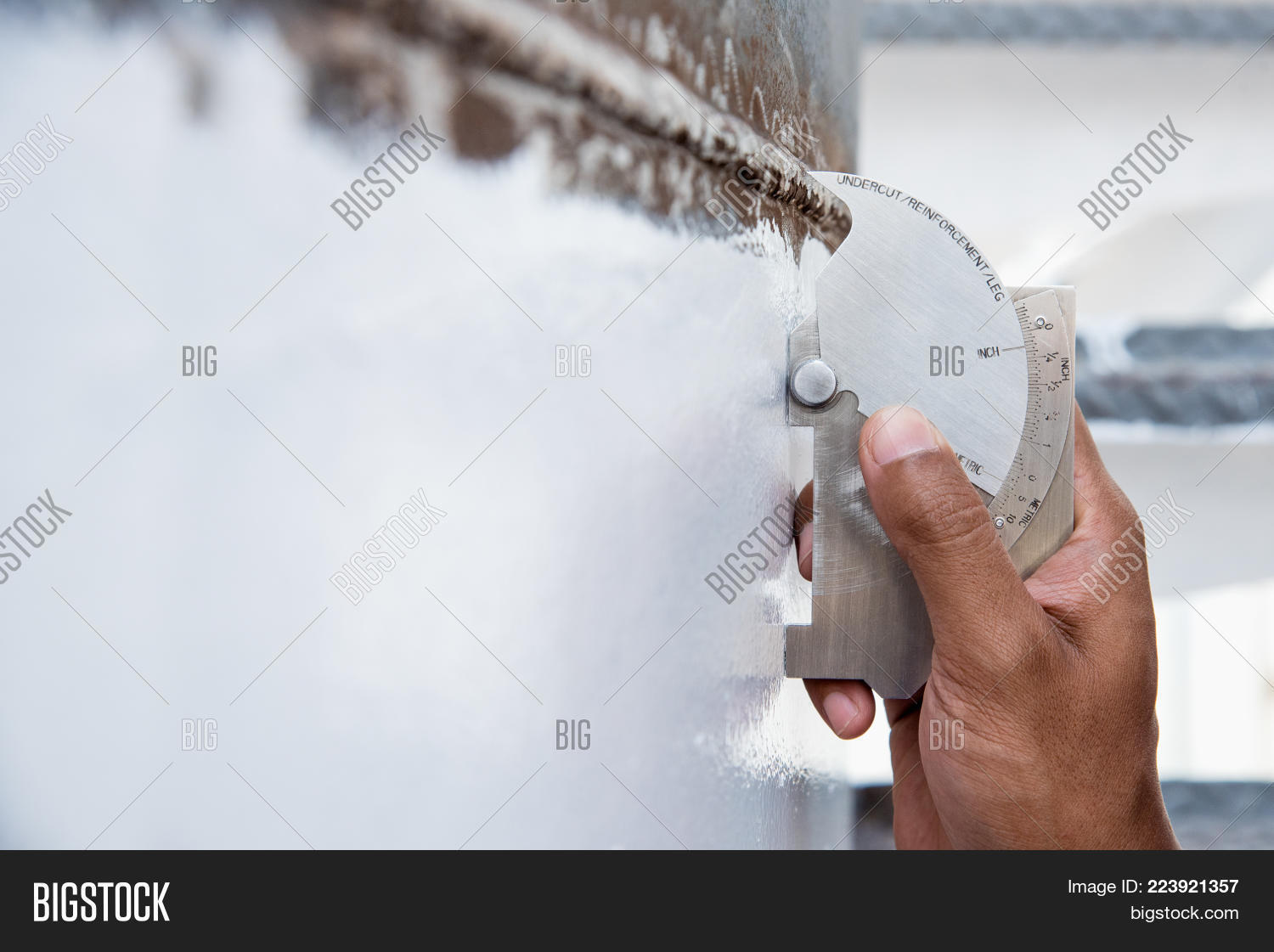Understanding the Trick Actions In Tank Welding Inspection Procedures
Understanding the Trick Actions In Tank Welding Inspection Procedures
Blog Article
A Detailed Introduction of Container Welding Inspection Specifications and Methodologies for Improved Weld Top Quality and Efficiency
The value of welding assessment requirements in the manufacturing of storage tanks can not be overemphasized, as they function as the backbone for ensuring weld stability and functional reliability. Different examination techniques, including visual analyses and advanced non-destructive screening techniques, are vital in determining potential defects that can jeopardize efficiency. Sticking to governing criteria not just enhances weld high quality however also reduces the risk of costly failings. As we check out the subtleties of these methodologies, it ends up being essential to think about how a systematic method can transform present techniques and bring about significant renovations in end results.
Significance of Welding Examination Specifications

Welding assessment requirements encompass a variety of standards, consisting of material specs, welding procedures, and certifications of personnel involved in the welding process. By applying these standards, companies can systematically identify and correct potential issues, consequently minimizing the likelihood of costly repair work or devastating failures. Rigorous evaluation methods cultivate a culture of liability and precision, motivating welders to keep high levels of craftsmanship.

Common Welding Examination Strategies


Ultrasonic Checking (UT) is another widespread strategy, making use of high-frequency acoustic waves to detect internal defects that may not be visible externally. This approach is specifically efficient for recognizing voids or additions within the weld steel. Magnetic Fragment Testing (MT) is likewise widely made use of, especially for ferromagnetic materials, as it discloses surface and near-surface issues via the application of magnetic fields and ferrous particles.
In Addition, Fluid Penetrant Screening (PT) identifies surface-breaking flaws by using a penetrant to the weld and afterwards making use of a developer to attract out the penetrant. Each of these techniques contributes to a comprehensive inspection technique, making sure that welds meet the strict top quality standards required in container building.
Regulatory Specifications and Conformity
Regulatory requirements and conformity are necessary elements in making sure the safety and security and reliability of bonded structures in storage tank building and construction - Tank Welding Inspection. These requirements offer to develop minimum requirements for product properties, welding procedures, and examination practices, consequently reducing the threat of architectural failures and enhancing overall performance
Key companies, such as the American Society of Mechanical Designers (ASME) and the American Welding Society (AWS), supply guidelines that are commonly taken on in the industry. Compliance with these requirements not only ensures adherence to finest methods yet likewise fulfills legal and contractual responsibilities, guarding the interests of stakeholders.
Regulatory bodies commonly mandate adherence to details codes, such as ASME Code Section IX for welding qualifications and API 650 for welded tanks. These codes outline demands for welding techniques, certifications of personnel, and testing techniques to verify weld honesty.
Normal audits and examinations are vital to preserving compliance, as they assist identify variances from established standards. Non-compliance can cause considerable charges, project delays, and safety and security dangers. Thus, a robust understanding of regulatory requirements and a dedication to conformity are extremely important in achieving high-quality and durable bonded tank structures.
Non-Destructive Testing Methods
Just how can the stability of welded structures be assured without causing damages? Non-destructive screening (NDT) methods use a durable remedy, enabling inspectors to examine weld high quality without jeopardizing the material - Tank Welding Inspection. Among the most typical NDT strategies are ultrasonic screening (UT), radiographic testing (RT), magnetic fragment screening (MT), and color penetrant testing (PT)
Radiographic testing includes passing X-rays or gamma rays via the weld, developing pictures that reveal architectural defects such as cracks or gaps. This site web method is indispensable for assessing the stability of intricate welds.
Magnetic particle testing is fit for ferromagnetic products, where electromagnetic fields expose surface area and near-surface interruptions. Color penetrant screening uses a fluid color to highlight surface-breaking problems, making it a reliable technique for non-porous materials.
Each of these NDT approaches has distinct benefits, enabling extensive evaluations tailored to certain products and welding procedures. By applying these methods, markets can make certain the reliability and safety of welded structures, ultimately enhancing overall efficiency.
Enhancing Weld Quality Via Assessment
Efficient examination plays an important duty in boosting weld high quality, serving as a crucial checkpoint in the manufacture process. By determining prospective flaws early, examinations mitigate the risk of endangered architectural integrity and ensure compliance with market requirements. Using a mix of visual exams, non-destructive screening (NDT) approaches, and mechanical analyses, assessors can find problems such as porosity, fractures, and insufficient blend.
Executing a robust examination protocol not just improves the general top quality of welds but additionally fosters a culture of accountability among welders and makers. Regular training and qualification of evaluation workers make sure that they are equipped with the needed abilities to identify and resolve possible problems effectively. This aggressive strategy decreases rework and connected prices, inevitably adding to predict performance.
Moreover, extensive documents of evaluation searchings for offers important insights into repeating concerns, assisting in continuous improvement in welding practices. By leveraging advanced modern technologies, such as automated ultrasonic screening or digital radiography, weld quality the original source can be improved through a lot more precise assessments. In final thought, a rigorous inspection process is indispensable in accomplishing high-quality welds, guaranteeing safety and security, reliability, and long life in storage tank construction.
Final Thought
To conclude, the application of rigorous storage tank welding examination requirements and methodologies is crucial for ensuring weld honesty and efficiency. By utilizing a combination of aesthetic inspections, non-destructive testing techniques, and adherence to regulatory standards, companies can successfully determine and mitigate potential issues. Promoting a culture of liability amongst welders even more enhances the high quality of welding procedures. Inevitably, these methods contribute to decreased architectural failings, reduced repair work Home Page costs, and boosted functional performance within the market.
Report this page